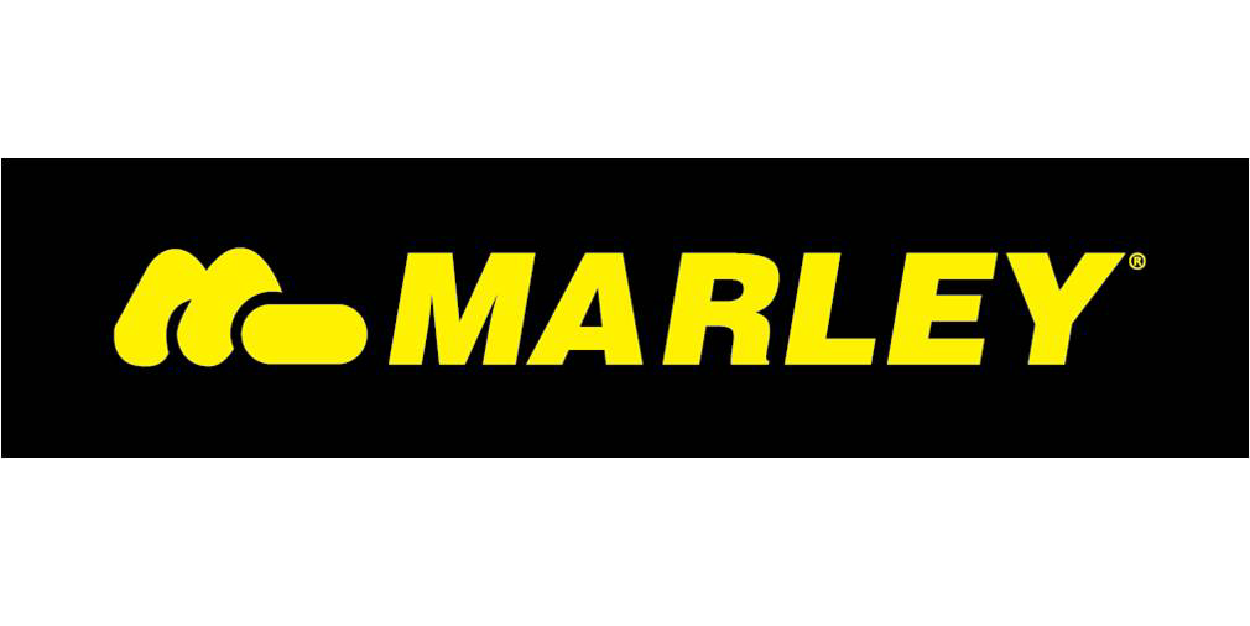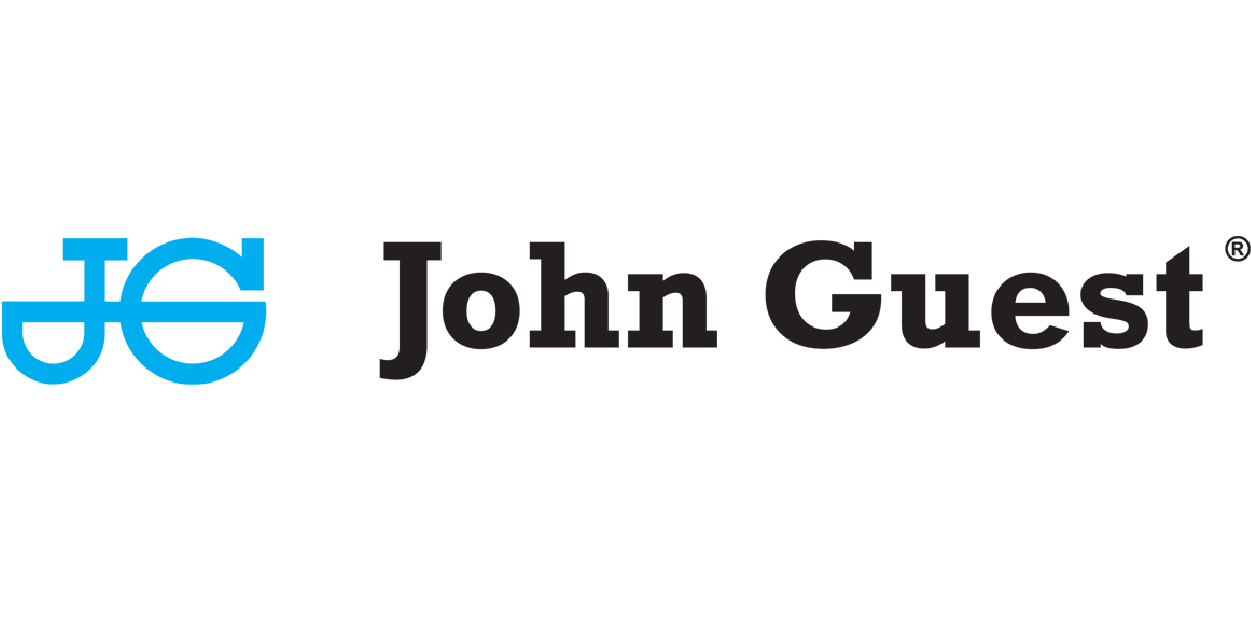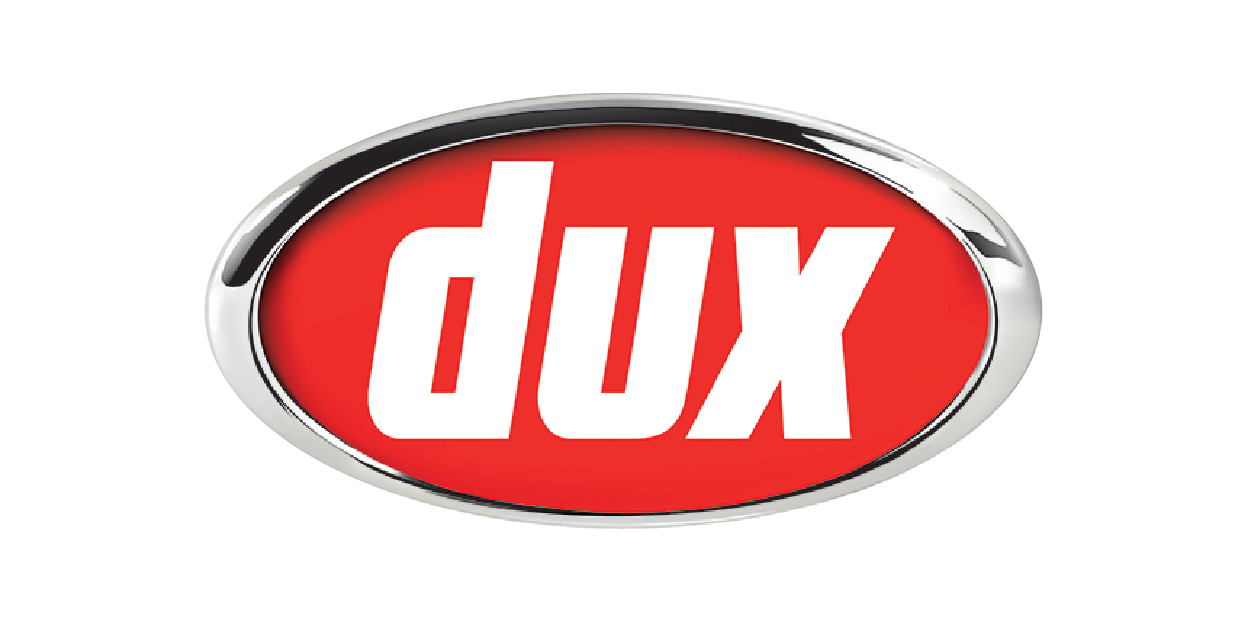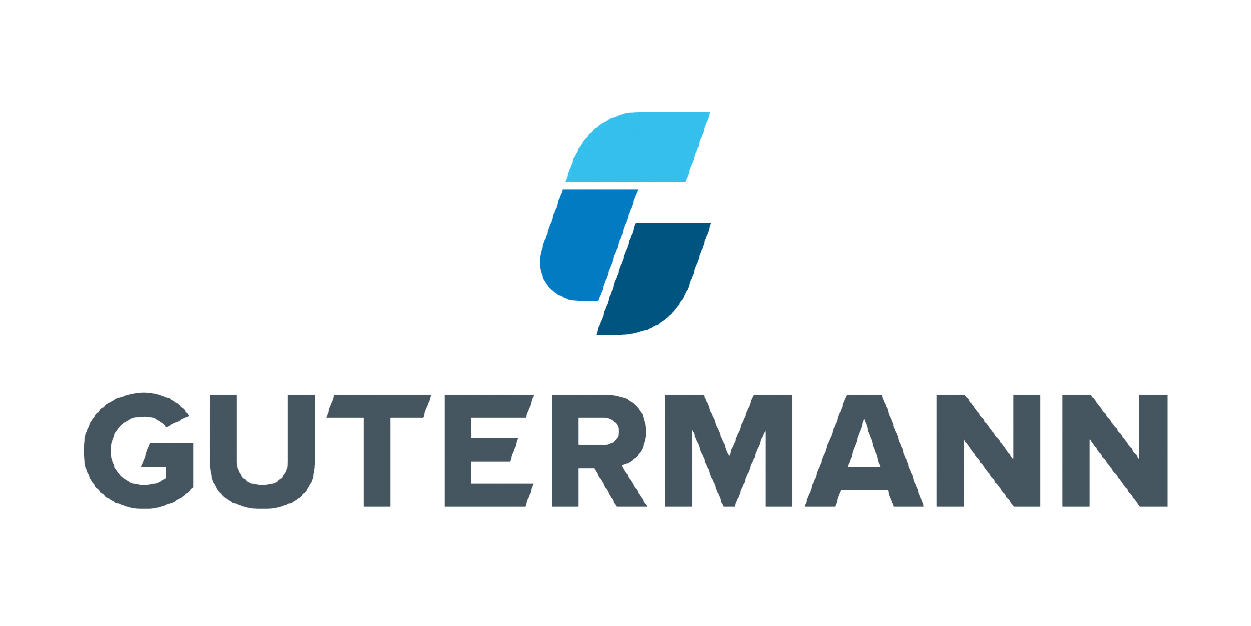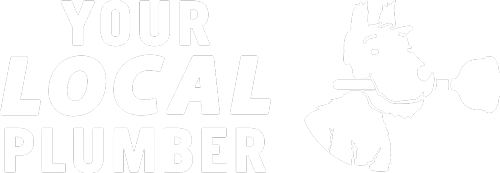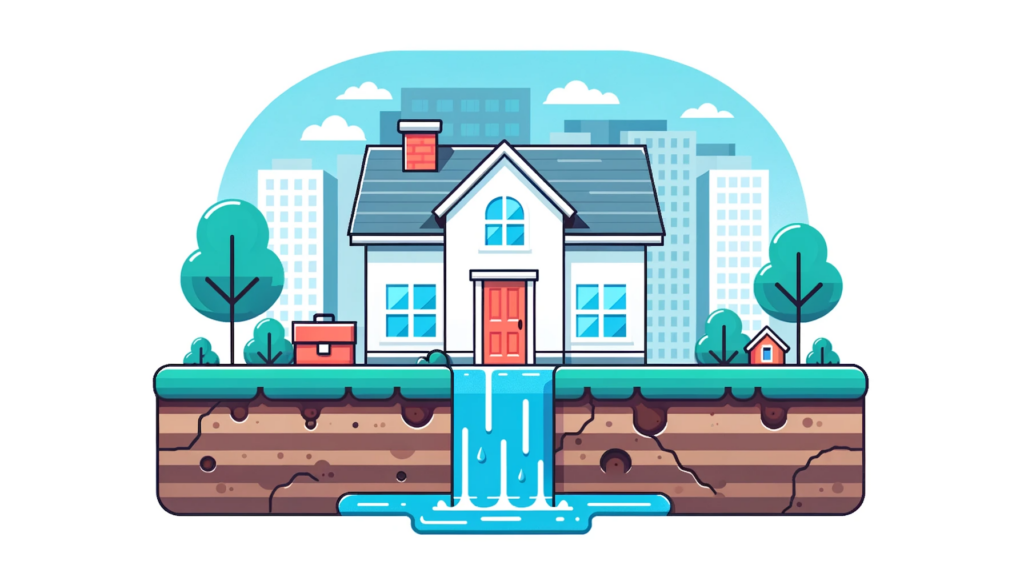
Call Today 09 973 4973 or
Temporary Leak Repair Solutions: Quick Fixes and Techniques
Discover temporary leak repair solutions, vital in preventing immediate damage. Explore common methods like patches, clamps, and sealants for quick fixes.
Temporary leak repair solutions are essential tools for managing unexpected leaks in various settings. Whether it’s a minor drip in a residential tap or a significant burst in an industrial pipeline, temporary solutions provide immediate relief. These quick fixes are crucial for preventing immediate water damage, containing hazardous substances, and allowing time for a permanent repair to be planned and implemented.
The importance of temporary leak repair solutions is multifaceted. By quickly addressing leaks, these solutions not only mitigate water waste but also prevent potential structural damage, reduce the risk of mould and mildew growth, and protect valuable assets. They serve as the first line of defence in leak management, often acting as lifesavers in emergency situations.
Temporary repair methods vary in complexity and application. Some of the common techniques include:
Temporary repair methods vary in complexity and application. Some of the common techniques include:
- Patches: Used to cover small holes or cracks in pipes or tanks. They can be made of rubber, metal, or composite materials, depending on the leak’s nature.
- Clamps: Designed to secure leaking joints or fittings, clamps are adjustable and can be tightened to contain the leak temporarily.
- Sealants: These include silicone, epoxy, or other polymer-based materials that provide a flexible and waterproof barrier to contain leaks for a short period.
- Tape: Special leak-sealing tape can be wrapped around a leaky pipe or joint to provide a temporary seal.
- Inflatable Plugs: Used in large pipes to block the flow of water temporarily while repairs are made.
Temporary repairs are most beneficial in emergency situations where immediate action is required. They find applications in various environments:
- Residential Leaks: Quick fixes for household plumbing, including kitchen sinks, bathrooms, and outdoor taps.
- Commercial Leaks: Temporary solutions for office buildings, restaurants, and retail spaces.
- Industrial Leaks: Emergency containment for leaks in manufacturing plants, oil refineries, and chemical facilities.
Implementing temporary fixes requires careful consideration and adherence to safety protocols. Key aspects to consider include:
- Type of Leak: Understanding whether it’s water, oil, or gas leak helps in selecting the right method.
- Materials Involved: Different materials require specific repair techniques. Using the wrong method can exacerbate the problem.
- Location of the Leak: Accessibility and location affect the choice of repair method.
- Safety Precautions: Handling hazardous substances requires proper safety gear and adherence to regulations.
- Professional Consultation: When in doubt, consult or hire professionals to ensure proper and safe repair.
Suppliers
